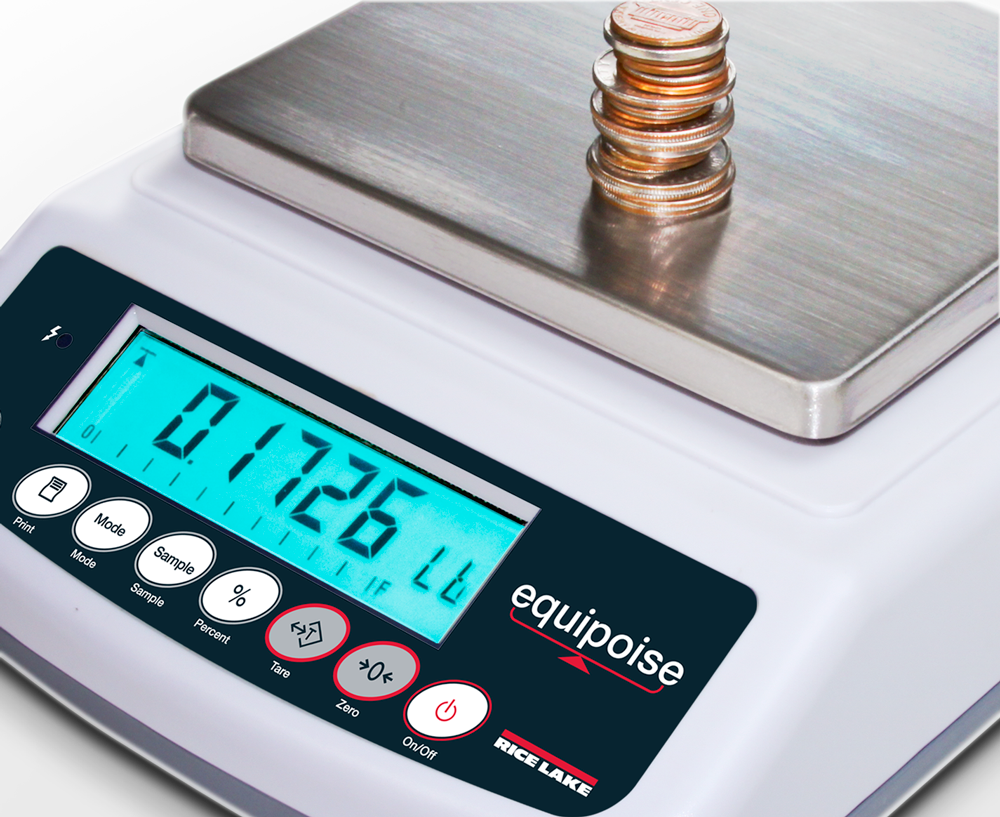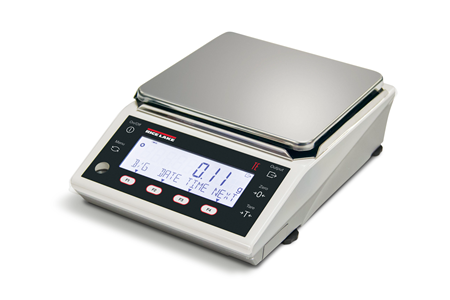Is the website displaying in the correct language? Please confirm or select a different language.
Your region has been set automatically. Please confirm or select a different region.
What is the Difference Between a Balance and a Scale?
Today, many balances are used as scales to measure the weight of a product, but what is the difference between a balance and a scale?
Balance vs. Scale
Historically, a balance was an equal-arm system with two suspended trays. A known mass was placed on one tray and product on the other, and the two masses were compared. A scale, however, measures the weight of an object without comparison.
Balances measure the mass, or gravitational mass, of an object while scales measure the weight, or the compression force of constraint. However, many balances are now used like scales to measure the weight of an object.
A balance is recognized as a scale with a higher resolution. Resolution is the smallest change in mechanical input which produces a detectable change in the output signal. A “balance scale” would have features such as mass unit conversion, percentage or specific-gravity weighing. A scale has features including gross, tare and net weight indications, printing and even units of measure conversion.

What is a Balance?
A balance could have a load cell, force restoration or a tuning fork mechanism to measure the weight of a product. Balances commonly have built-in displays, whereas a scale may have an indicator that is separate from the base.
The primary unit of measure for balances is grams, and they measure weight in small increments for high accuracy. For example, a 100-gram capacity balance would likely measure weight in 0.001-gram increments. Having a lower capacity allows balances to weigh in smaller increments, providing more accurate results for smaller amounts of material. Balances must also be very precise, meaning if an object is repeatedly weighed on the balance, the same weight would be displayed each time.
What is a Scale?
Typically, a scale consists of a load cell, a base for product to sit on and a weight indicator. When weight is applied to the scale base, or platform, an analog signal is converted to a digital weight reading, which is then displayed on the indicator.
For Legal for Trade applications—where products are sold based on weight—the displayed resolution is normally 5,000 graduations, which means a scale with a 50-pound capacity could weigh in divisions of 0.01 pounds. Graduations indicate a certain degree or quantity. Non-Legal for Trade applications usually have a displayed resolution of 10,000 graduations, meaning the 50-pound capacity scale can measure in divisions of 0.005 pounds.
While scales don’t normally specify repeatability, Legal for Trade certified scales are tested for repeatability and have a tolerance of 0.001% scale capacity. Repeatability is the maximum difference between load cell output readings for repeated loadings under identical loading and environmental conditions.
Rice Lake Weighing Systems offers a broad selection of balances and scales to meet the needs of every application. For more information, contact a Rice Lake expert at 800-472-6703.



 My Account
My Account





